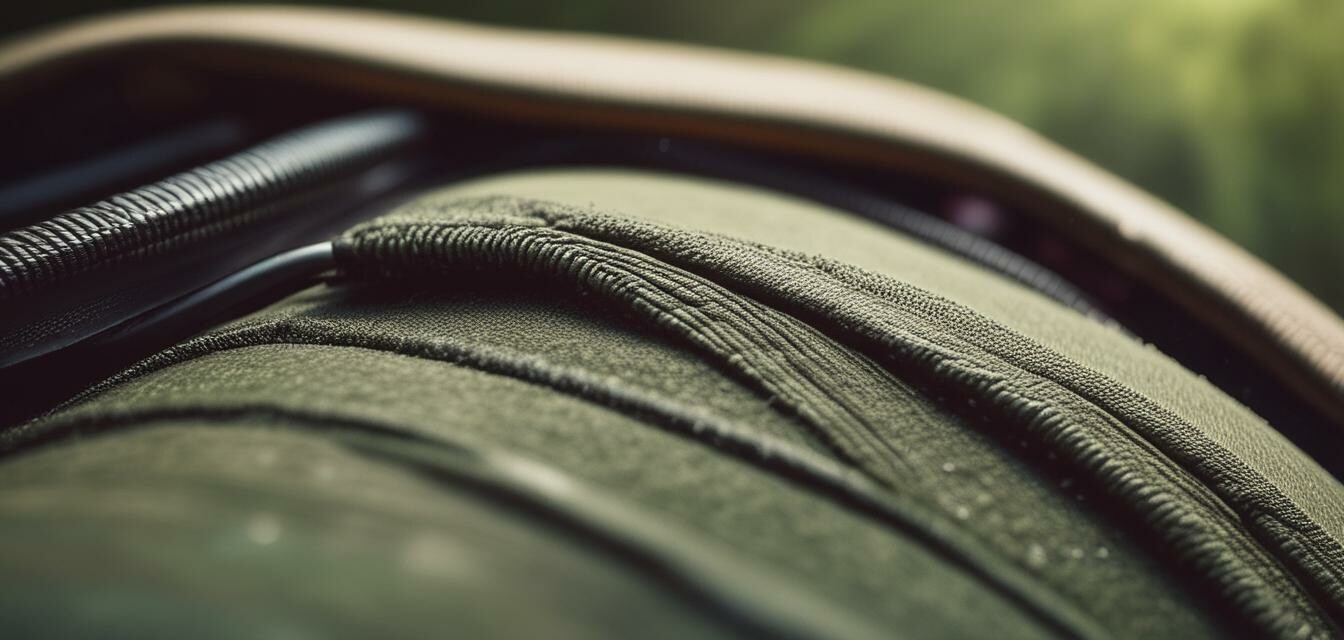
How Sustainable Practices are Changing Backpack Design
Key Takeaways
- Sustainability is becoming a key factor in backpack design, influencing materials and manufacturing processes.
- Eco-friendly materials, such as recycled fabrics and biodegradable components, are gaining popularity.
- Consumer awareness about environmental impact is driving brands like Dakine to seek innovative solutions.
- Collaboration with environmental organizations is raising standards for backpack sustainability.
- Trends in sustainable backpack design include modular designs and multifunctional features.
The demand for sustainability in all sectors is undeniable, and the backpack industry is no exception. As consumers become increasingly conscious of their environmental impact, brands are adapting. This article explores how eco-friendly manufacturing and materials are influencing backpack design at Dakine and beyond.
The rise of sustainable materials
In recent years, there has been a noticeable shift towards incorporating sustainable materials in backpack designs. These materials not only contribute to a healthier planet but also offer innovative solutions for consumers looking for durability and style.
| Material Type | Description | Benefits |
|---|---|---|
| Recycled Polyester | Fabric made from recycled plastic bottles, reducing waste. | Durable, lightweight, and quick-drying. |
| Organic Cotton | Cotton grown without harmful chemicals or pesticides. | Biodegradable and soft to the touch. |
| Bamboo Fabric | Fabric derived from the bamboo plant. | Natural antibacterial properties and highly breathable. |
| Biodegradable Plastics | Plastics designed to break down in a landfill environment. | Reduces long-term waste impact. |
Innovative design practices
Along with using sustainable materials, backpack brands are also adopting innovative design practices to minimize environmental impact. One such approach is the modular design, which allows consumers to customize their backpacks based on specific needs.
- Interchangeable Components: Users can swap out sections of the bag as needed, reducing waste.
- Multi-Functional Features: Many backpacks now incorporate features for various uses, from school to hiking.
- Durability Focus: Enhancements in stitching and fabric quality to extend the lifespan of the products.
Consumer influence on sustainability
Today's consumers are more informed and passionate about sustainability, leading to a shift in market trends. As they prioritize eco-friendly products, brands like Dakine are responding by integrating sustainable practices into their manufacturing processes.
"The commitment to sustainability goes beyond just using eco-friendly materials; it involves a complete rethink of how products are made and consumed."
Industry collaborations and standards
To enhance sustainability initiatives, many brands collaborate with environmental organizations. These partnerships help set benchmarks for sustainable practices across the industry.
| Organization | Focus Area | Benefits |
|---|---|---|
| Responsible Packaging Movement | Reduces packaging waste in the supply chain. | Encourages brands to minimize excess products. |
| Global Recycle Standard | Ensures recycled content in materials. | Promotes transparency in sourcing practices. |
| Sustainable Apparel Coalition | Gathers industry leaders to improve sustainability. | Unified approach to address environmental impacts. |
Future trends in backpack design
As technological advancements continue to evolve, backpack design is expected to adapt. We can anticipate several trends in the near future.
- Integration of solar panels for charging devices on-the-go.
- Use of plant-based leathers as alternatives to traditional materials.
- AI-driven customizations for ergonomic comfort and fit.
Tips for choosing sustainable backpacks
- Look for brands that provide transparency about their sourcing and manufacturing processes.
- Choose backpacks made from recycled or organic materials.
- Consider the lifespan of the product and opt for durable designs.
- Support brands that engage in environmental causes or practices.
Pros
- Environmentally friendly materials reduce carbon footprint.
- Durable designs mean longer-lasting products.
- Customization options allow for personal user preferences.
Cons
- Sustainable backpacks can sometimes be pricier than conventional options.
- Limited availability of certain eco-friendly materials may impact design choices.
Conclusion
The backpack industry is undergoing a significant transformation as brands prioritize sustainability in their manufacturing and design processes. Consumers are now more aware and demanding of eco-friendly options, driving manufacturers to adopt innovative practices. The focus on sustainability not only benefits the environment but also enhances the quality and functionality of backpacks, making them suitable for various lifestyles. For those looking to stay updated on the latest trends in sustainable backpack design, be sure to check our news and trends section.